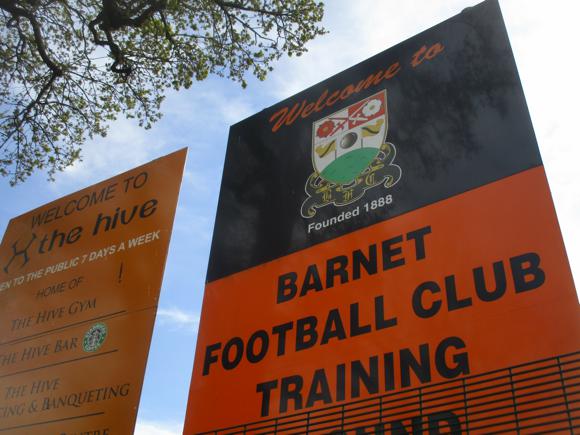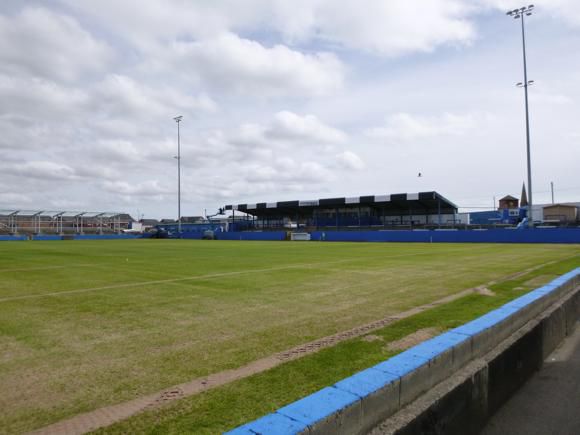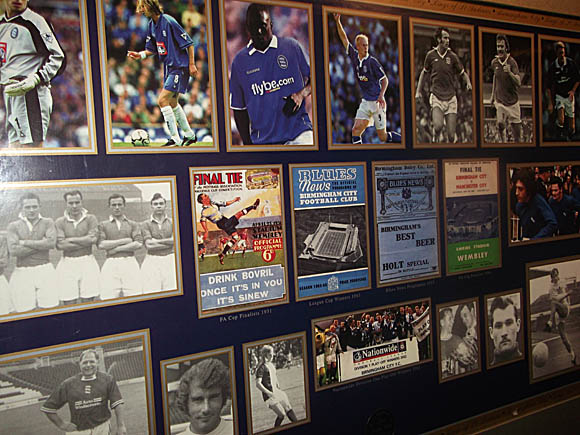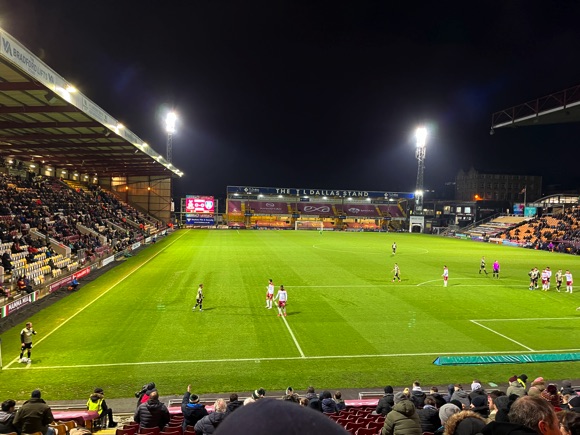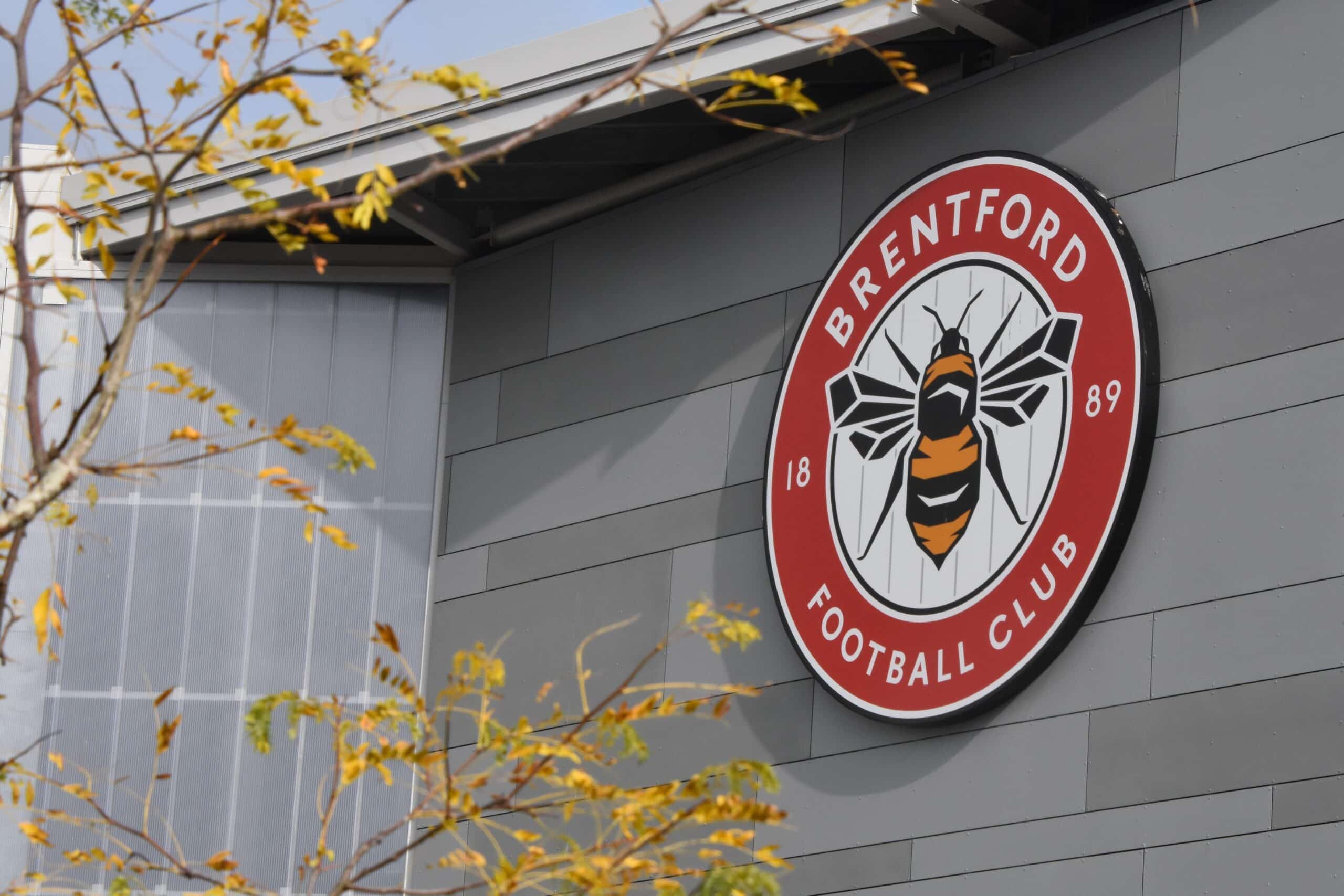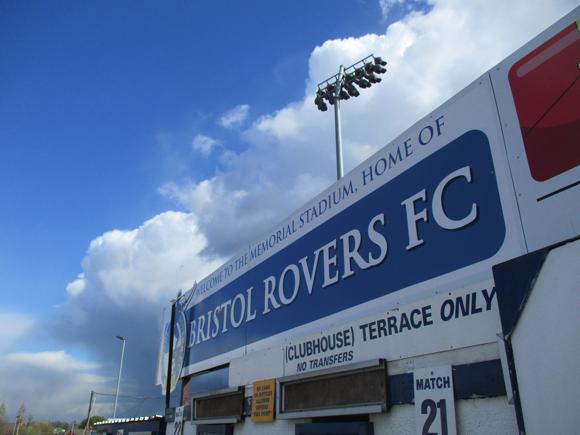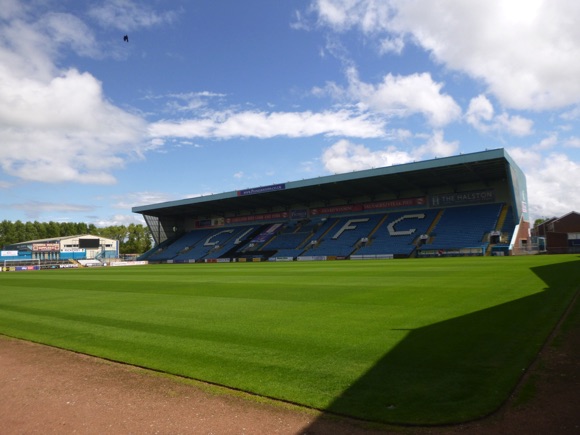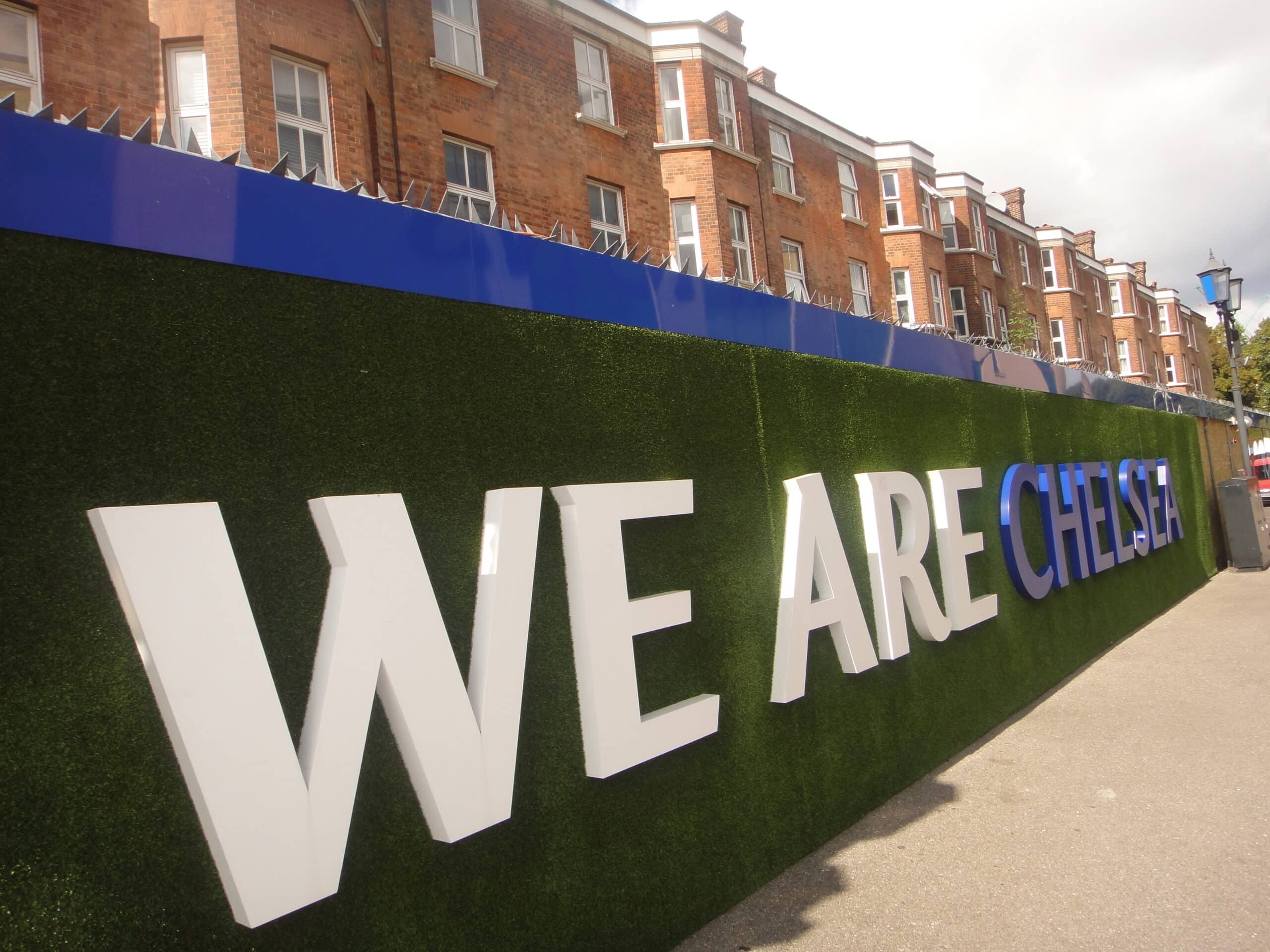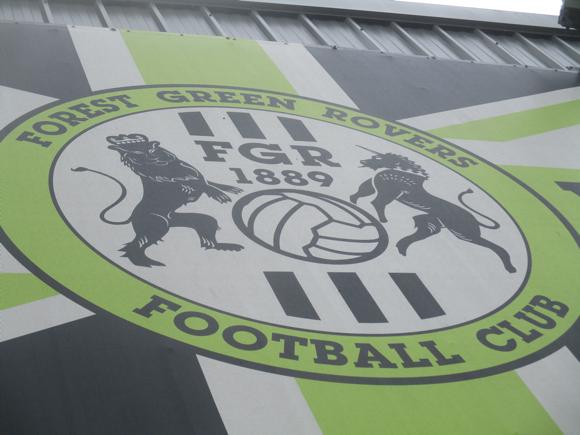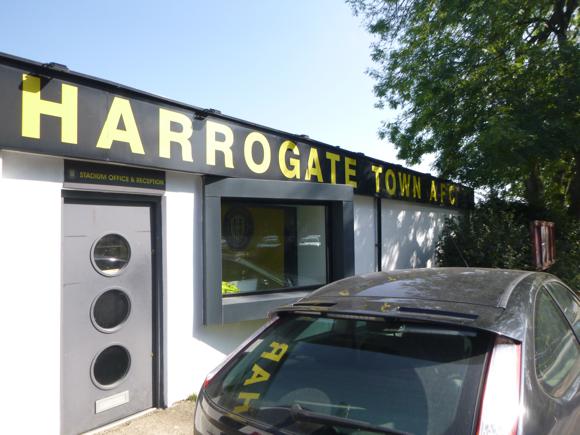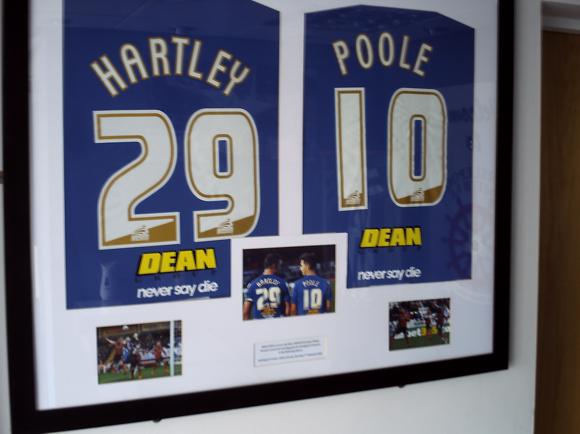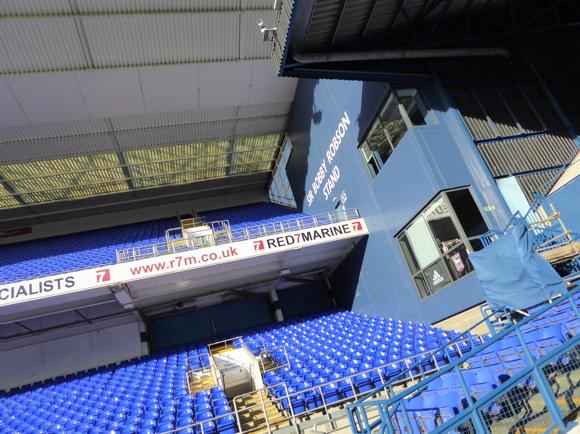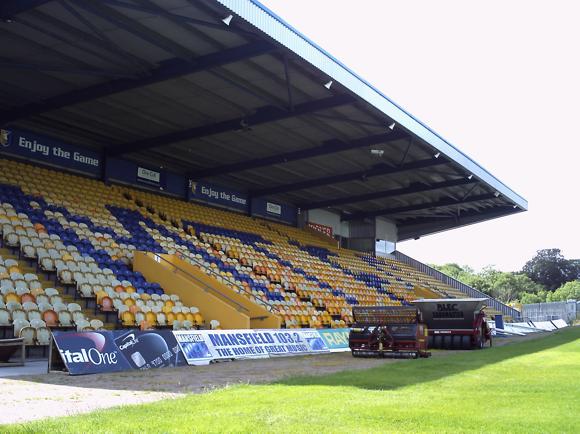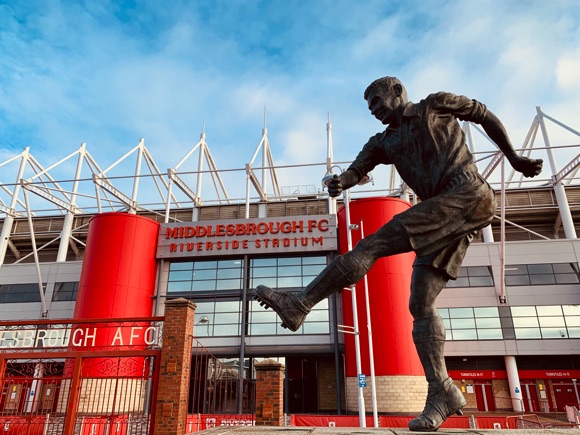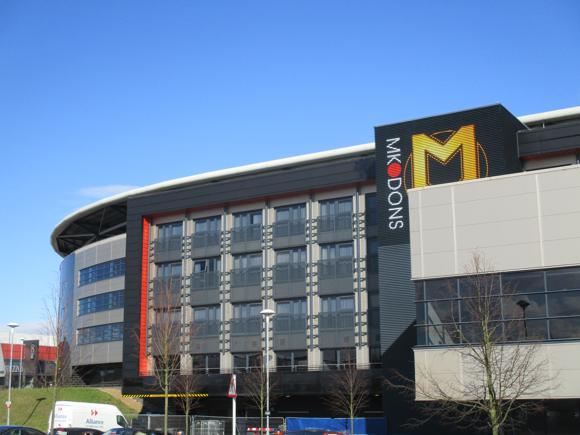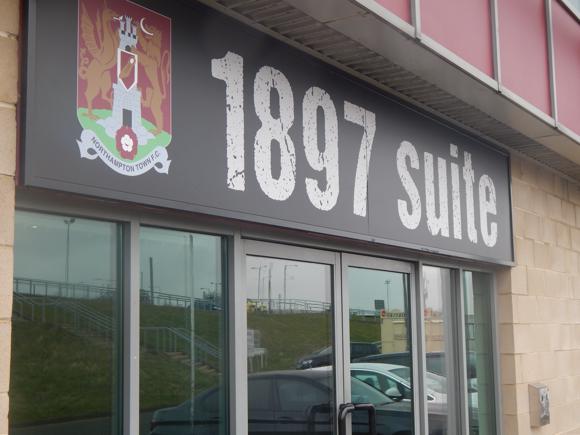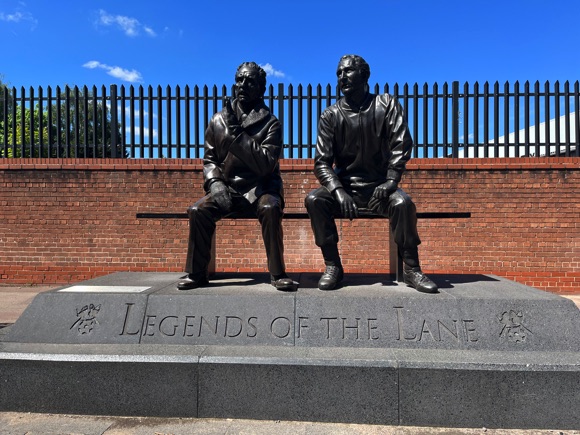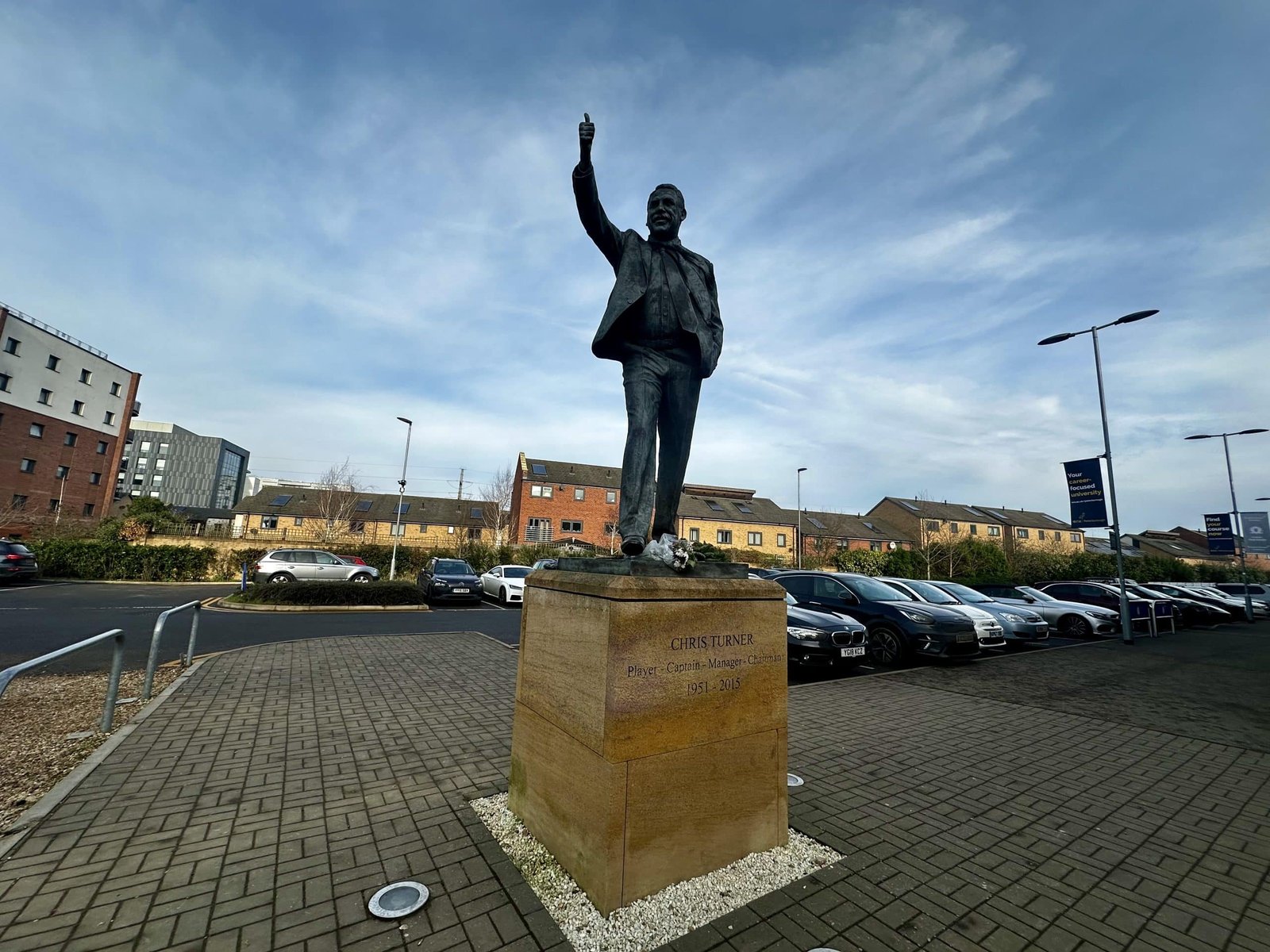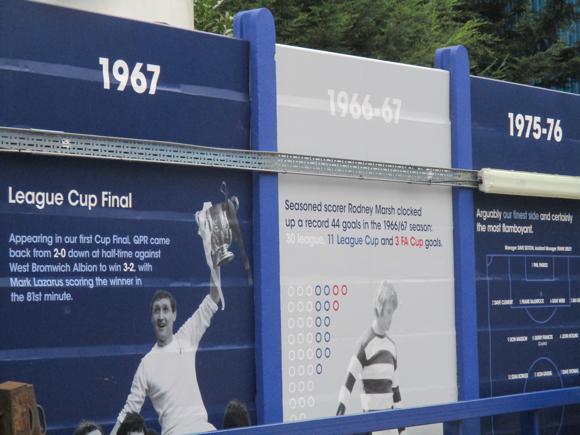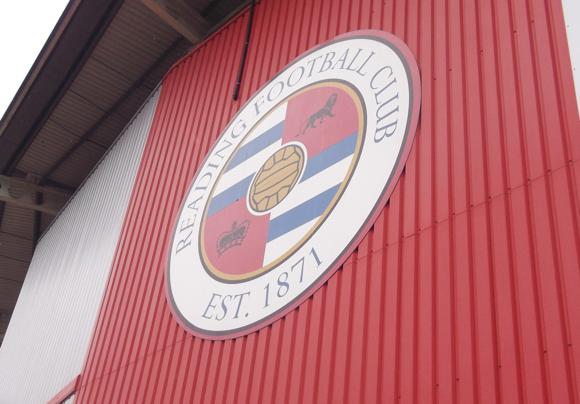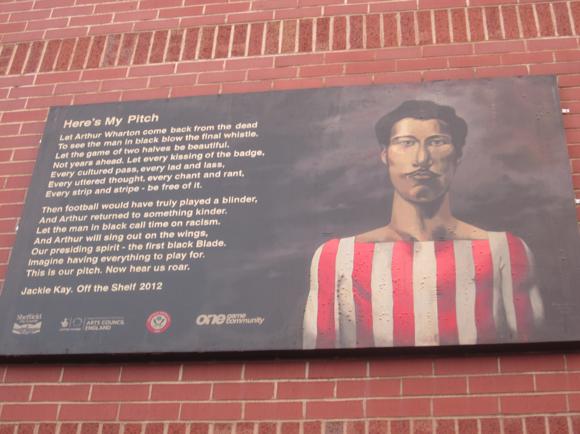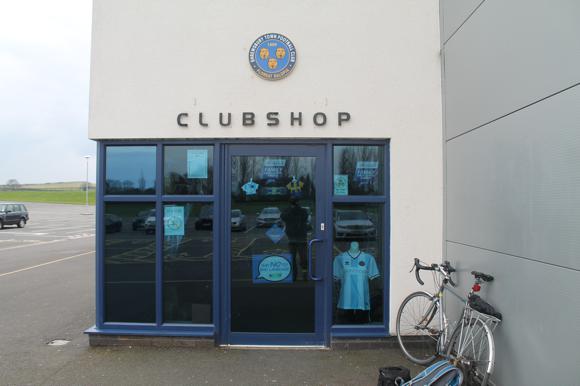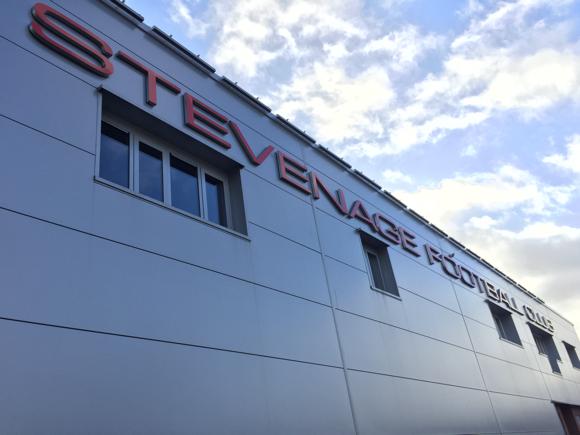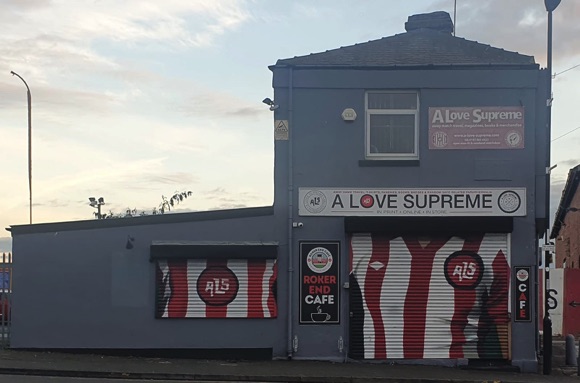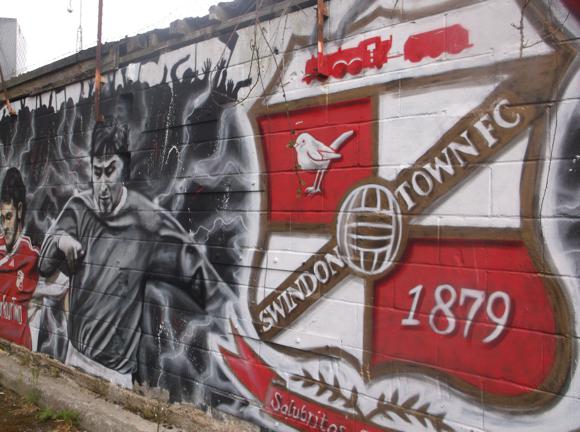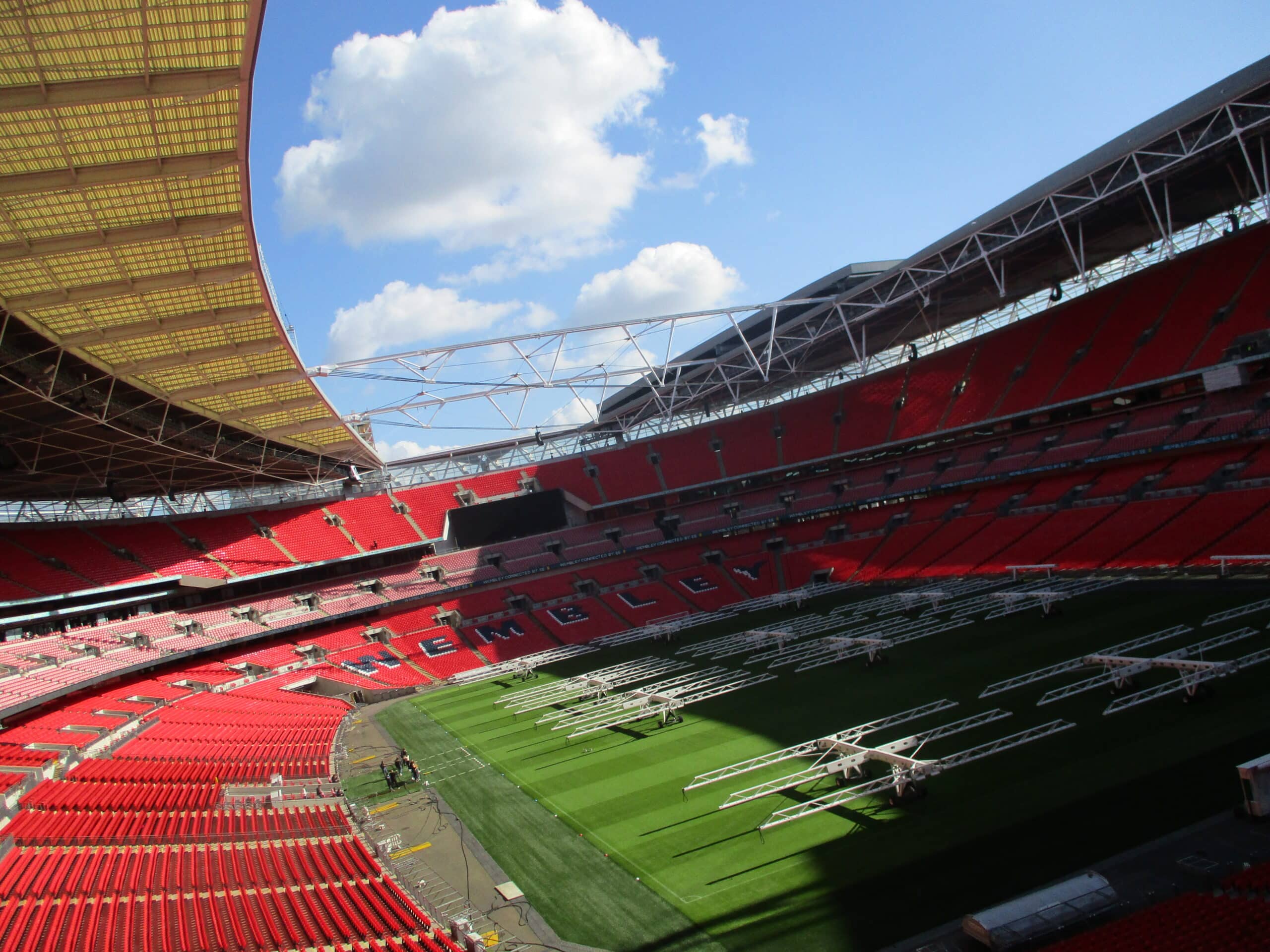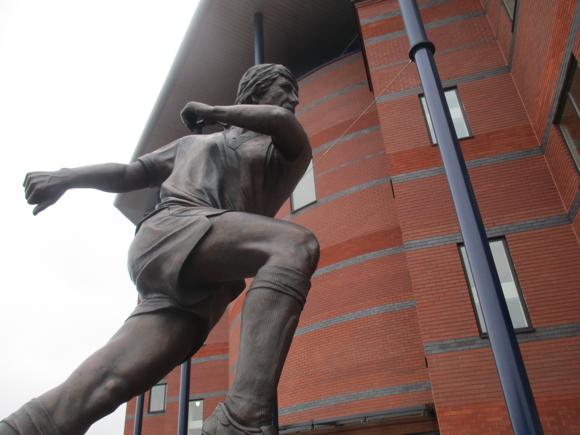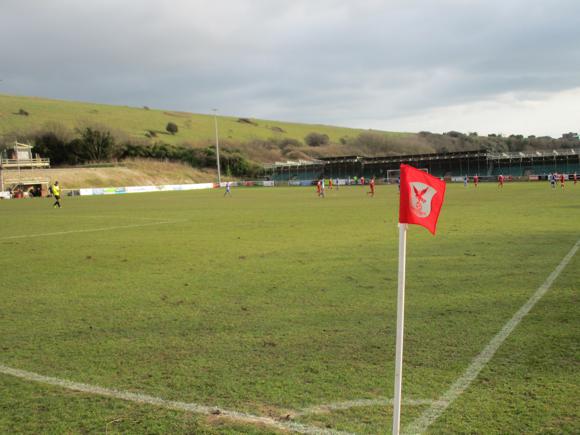A fan’s guide – the club from early doors to today
Which club once managed by Bill Shankly helped set the record attendance at Old Trafford?
Liverpool? Huddersfield? No. Grimsby Town.
The Mariners had their heyday in the 1930s, when the fishing port they represented was one of the largest in the world. Under Frank Womack, Grimsby won the Second Division, finished fifth in the First and reached an FA Cup semi-final – Shankly was hired to recapture the glory days in the early 1950s.
The record crowd, a shade under 77,000, packed Old Trafford for Grimsby’s second FA Cup semi-final in 1939.
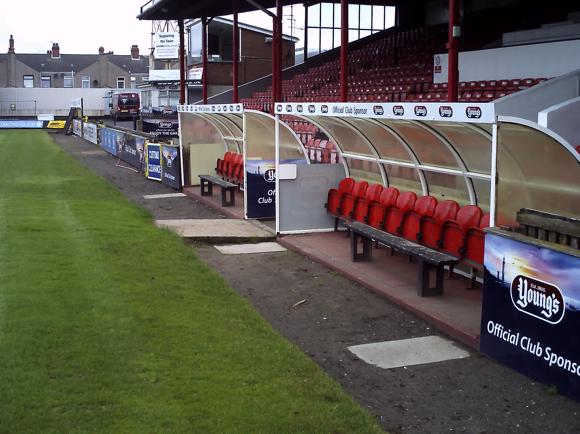
Since then, both port and club have declined. Grimsby became an isolated footballing outpost, playing nearest local rivals Scunthorpe and Lincoln City in the lower two flights. After the Mariners fell out of the League in 2010, these Humber and Lincolnshire derby games were either played out in the FA Cup or Football Conference/National League.
By winning a fourth consecutive play-off final in 2016, Grimsby returned to League Two – but following relegation in 2021, will need another rebound before they can set about developing the new stadium the club has long planned.
When that happens, the move would take the club away from its long-term home of Blundell Park – near the seafront of neighbouring Cleethorpes.
Formed as Grimsby Pelham in 1878, moving from Clee Park to Abbey Park and to Blundell in 1899, the Mariners made the Football League in 1892 and won Division Two in 1901. This first stint in the First Division lasted only two years. By 1910, Grimsby had dropped out of the League, returning the following season at the expense of Lincoln City.
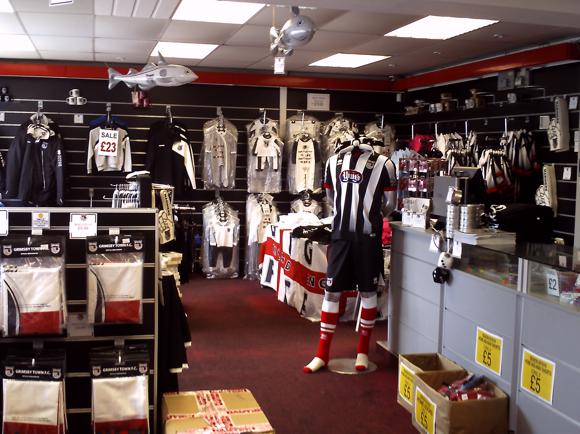
Frank Womack, a former full-back who played a record number of games for Birmingham City, arrived as manager in 1932. Grimsby had just been relegated after another brief stint in Division One.
With one-club stalwarts centre-half Harry Betmead and goalkeeper George Tweedy, and legendary inside-forward Jackie Bestall, all three England caps, Grimsby made a swift return to the top tier.
Goals came from Welsh international Pat Glover, helping Grimsby edge over Derby and Liverpool on the same points in the final First Division table of 1934-35. A year later, Womack’s side came within a whisker of the FA Cup final, Grimsby going out to a single goal to an all-conquering Arsenal side in the semi-final.
Injury blighted the club’s next appearance at the penultimate stage four years later. Without the sidelined Tweedy, manager Charlie Spencer fielded George Moulson in goal. Crocked early in the game, the later Irish cap was replaced by an outfield player and ten-man Grimsby fell 5-0 to Wolves before that record crowd at Old Trafford.

Relegated after the war, Grimsby briefly recalled Womack then brought in Bill Shankly to revive fortunes. To no avail.
By 1968, Town had slipped into Division Four for the first time, nearly nosediving out of the League altogether a season later.
Before his long, successful stint at Southampton, Lawrie McMenemy steered the Mariners back to Division Three. Under George Kerr, Grimsby made Division Two in 1980 then almost Division One within one season before falling away.
The Mariners spent a decade bouncing between the lower tiers before another revival under Alan Buckley in the 1990s. With players such as striker Clive Mendonca and centre-half Paul Futcher, Grimsby regained the second tier then, with Buckley back as manager, won the Football League Trophy at Wembley in 1998.
Buckley’s men were back a month later to complete a Wembley double by winning the Division Two play-off final.
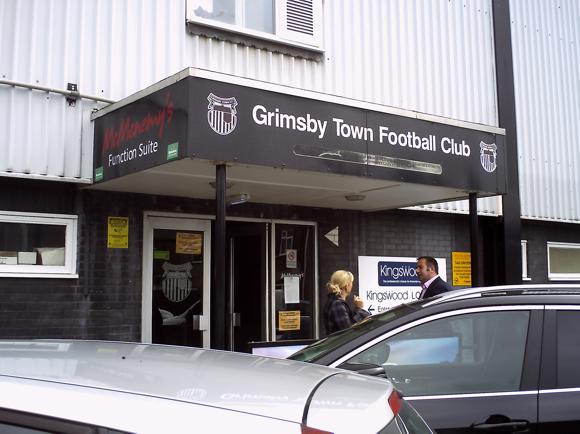
Apart from a memorable League Cup win at Anfield in 2001, an extra-time strike by Phil Jevons stunning Liverpool, the early 2000s were marked by the financial meltdown following the collapse of ITV Digital.
The Grimsby Alan Buckley returned to again in 2006 was a club in serious decline. The inevitable came in 2010, a 3-0 defeat by Burton Albion ending a near century stay in the Football League.
After an uncertain start, bringing in Paul Hurst as manager, Grimsby met the challenge of non-league football by making the play-offs four years running. In 2015, in front of 47,000, a record crowd for the event, a penalty shoot-out saw Bristol Rovers go through at Grimsby’s expense. Hurst’s men were back a year later to beat favourites Forest Green Rovers 3-1, young striker Omar Bogle scoring a brace and Nathan Arnold sealing the tie in stoppage time.
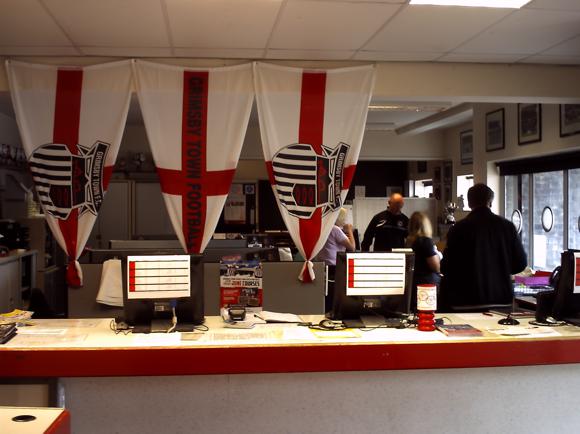
Hurst remained in charge for the promising start of the 2016-17 campaign but was then lured away by Shrewsbury, and a succession of manager failed to haul the Mariners into the top half of the League Two table. The last proved to be the most controversial, Ian Holloway, who joined just after Christmas 2020, the quotable ex-QPR man also looking to invest a significant sum of money in the club as a shareholder.
Taking the Mariners to 14th place in the curtailed campaign, Holloway then ducked out a year after he had arrived, the club close to relegation and no funds released. Majority owner John Fenty, the club’s former chairman and a local councillor, had dithered over selling on his shares, until a UK consortium stepped in during a chaotic Christmas behind the scenes. A string of draws under a returning Paul Hurst then failed to lift Grimsby into the safety zone.
With lifelong fan and successful online entrepreneur, locally born Jason Stockwood taking over as Grimsby chairman, the club kept Hurst on to mount a serious challenge for an immediate return to the Football League.





Ground Guide
The field of dreams – and the stands around it




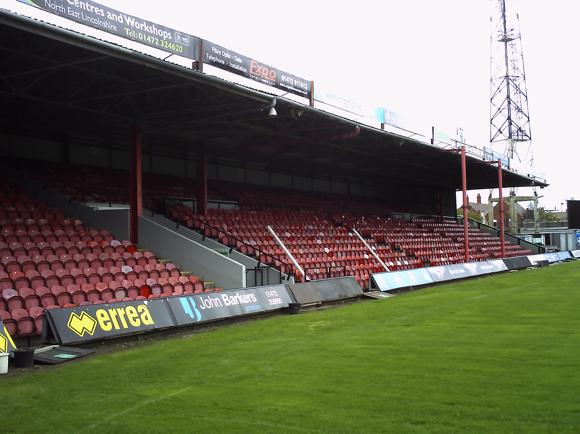
Venerable Blundell Park, just in from the seafront at Cleethorpes, dates back to 1899, parts of the main stand to 1901. The original Pontoon Stand, the home end, was also opened in 1901 and not rebuilt for another 60 years – back in the glory days of the 1930s, 30,000-plus could squeeze in Blundell Park.
An overhaul in the early 1980s included the installation of the Findus (now Young’s) Stand opposite the main one, and prefaced the conversion to all-seating in 1995.
Current capacity is 9,000, away fans accommodated in the Osmond Stand at one end.
Hemmed in by the Humber, a railway line that follows the coast and terraced housing, archaic Blundell Park has long been earmarked for closure. Plans have long called for a 14,000-capacity stadium and retail park to be built at Peaks Parkway south of town.
getting there
Going to the ground – tips and timings
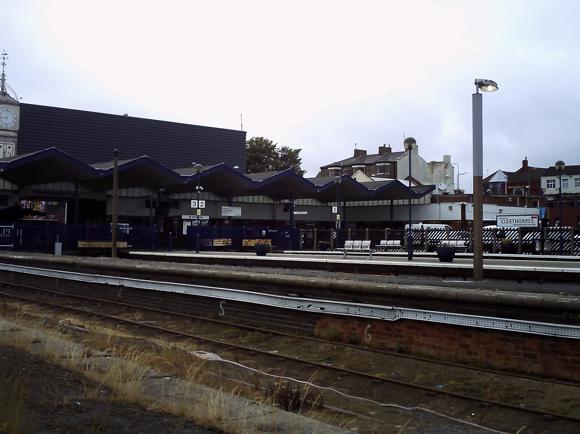
Blundell Park is between the stations of Grimsby Town and Cleethorpes, which is closer and a pleasant 20min seafront walk away.
Slightly nearer is New Clee, a request stop on the Barton Line, but trains only run every 2hrs, making it hardly worth the hassle.
Alternatively, three buses run from the Riverhead Exchange, by the main shopping mall close to Grimsby Town station: the 3 from Stand D, and the 9 and 10 from Stand F. All run every 15mins Mon-Sat daytime, every hr eve/Sun. In each case, alight at Imperial Avenue by the closed-down Imperial pub, 15-20mins’ journey time from Riverhead Exchange. You’ll see the floodlights to your left and the pre-match Blundell Park Hotel to your right.
The sat nav code for Blundell Park is DN35 7PY. There’s no parking at the ground – the club advises you find street parking, many using spots along Harrington Street. There are a council-run parking spaces on North Promenade (£3/4hrs, free after 6pm, DN35 8SJ), about halfway between Cleethorpes station and Blundell Park 10min walk away.
getting in
Buying tickets – when, where, how and how much


The ticket office (Mon-Fri 10am-4pm, match-day Sat 10am-3pm) is behind the Young’s Stand – there are also online sales.
Prices are set at £20 in all areas but the Young’s Upper, which is £22. Over-65s/18-22s pay £13, £15 in the Young’s Upper, unaccompanied 12-17s £7/£8, accompanied 3-17s £5/£7.
what to buy
Shirts, kits, merchandise and gifts


Behind the Young’s Stand, the club shop (Mon-Fri 10am-4pm, match-day Sat 10am-3pm) stocks first-team shirts of black-and-white stripes with red trim, change strip of sky blue with hexagon patterns, and third choice of deep red with black trim.
In keeping with the surroundings, there’s a quaint range of old-school souvenirs, GTFC playing cards and travel mints, plus pin badges featuring retro away kits from the 1980s. If you’re there in summer, the branded beach towels and flip-flops might come in handy – for the other 11 months of the year, you’ll need Grimsby Town gloves and bobble hat.
Where to Drink
Pre-match beers for fans and casual visitors
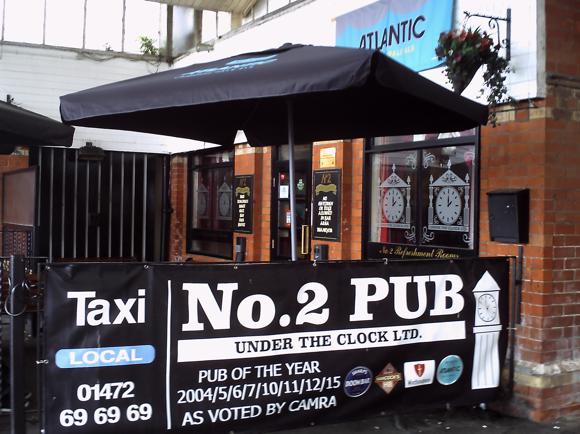

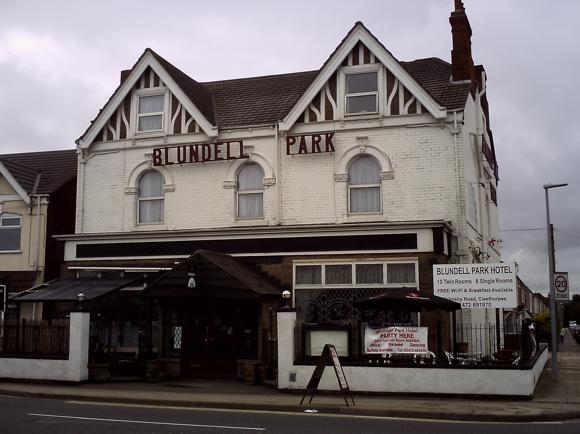
If you’re arriving at Cleethorpes station, then there are plenty of drinking choices. The most obvious are the No.1 Pub and No.2 Refreshment Rooms, one in the old station buildings, the other famously under the station clock. The No.1 is known for its guest ales, pub grub and live music – the No.2 has also been praised by CAMRA. Away fans also gather here on match days.
The main pre-match bar by the ground, the Blundell Park Hotel, is a Mariners favourite but happy to serve sensible away fans. It gets mobbed on match days, so either order any food beforehand or nip into one of the excellent fish and chip shops on the main Grimsby Road, Gr8 White Fish near the ground at No.151 the best bet.
At the ground, supporters’ collective the Mariners’ Trust has helped set up Scotties Bar in the away end, filling it with memorabilia donated by visiting supporters and installing a TV for Sky Sports. Various outlets cater to home fans, McMenemy’s Restaurant serves those on hospitality packages.







